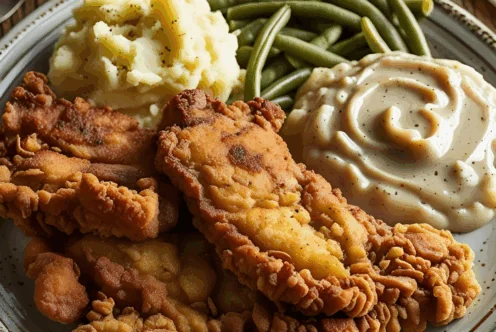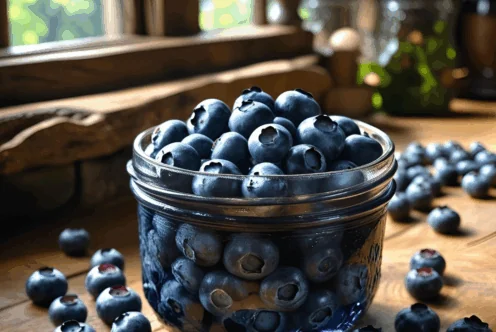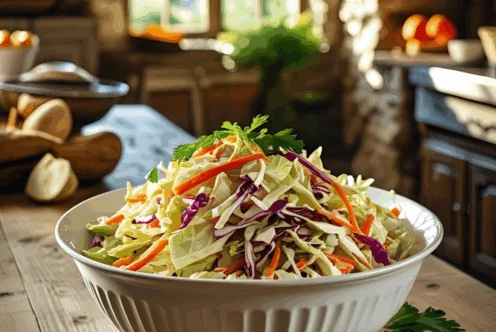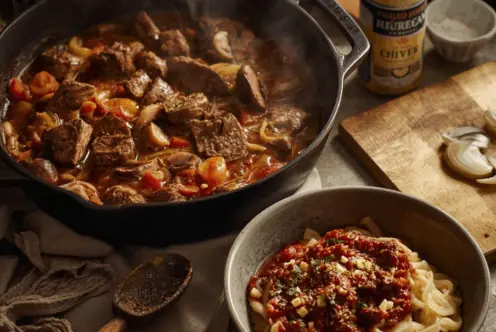Blog
6 Tips to Enhancing Your Shopping Experience in the Produce Aisle
By Julie Murphree, Arizona Farm Bureau
So, don’t think the only place to get the freshest and healthiest produce is the local farmers’ market. And, don’t think it’s the only place to find local produce.
You may recall last week’s article on enhancing your shopping experience at your local Farmers’ market.
If you ask 10 people for a recommendation on where to find the best local produce, it’s likely that most of them will suggest a farmers’ market. For many, this is the first place that pops into one’s mind when it comes to local foods and products. But what if your local farmers’ market only takes place once a week, and you miss it? Where else can you go to get quality local products?
What many people don’t realize is that your local farmers’ market isn’t the only place to get the freshest and healthiest Arizona-grown produce and other foods. In Arizona, we have access to a lot of local products in our neighborhood grocery store every day! (See the list of seasonal and local Bashas’ produce at the bottom of this article.)
I recently spoke with Jack Armstrong, an expert Produce Buyer who’s been with Bashas’ Family of Stores for more than 40 years. (He sure knows Arizona growers!) Here are some great tips we assembled to help you find local products at your neighborhood grocery store; but as important how to enhance your shopping experience in your local grocery store:
1. It’s easy to buy local at your hometown grocery store. 55% of your beef in the meat counter statewide comes from Arizona beef, according to the Arizona Beef Council. Plus, anywhere you can find Hickman’s eggs; you’re buying local from an Arizona family farm. Additionally, 98% of the milk (liquid, also known as fluid milk) in the dairy section is local.
2. Seek out the produce manager in the store. Ask, “What’s new.” Ask, “What’s local.” Do they have recommended recipes for certain items? Ask them how quickly local produce gets from field to the produce case. Also, ask, “What’s good today or special today?”
A good produce expert can tell you how quickly the store’s product gets from the field to the produce case. For example, Bashas’ works with its local producers to get product delivered in four hours or less to the company’s distribution centers. That way, quality produce is shipped to the stores that same evening – at peak freshness.
“We’re a one-day drive from a great variety of produce because of where Arizona is located,” Armstrong said. “Arizona and California produce more than 50% of the fruits, vegetables and tree nuts that Americans all over the country consume.”
3. Use the produce aisle as a place to plan your meal. Get inspired. Look for something you haven’t cooked in a while. Ask for recipes for produce items that you’re unfamiliar with or haven’t prepared before. See someone picking up an item you’ve never tried before? Ask them or the produce manager to give you some ideas on how to use the product. Or, trust your intuition and take it home, taste it raw, steam, roast, and grill or stir-fry whatever is in season. This is one of the keys to creative cooking.
4. Build your shopping list according to your breakfast, lunch and dinner menus. Obviously, sticking to your shopping list keeps your food budget on target. If you can’t find a particular item on your list, be sure to ask a produce manager who can help you locate the item or find a great substitution.
Produce managers are there to make your menu planning easier. They can look up any produce item and give you its history and nutritional information; including where it was grown (Bashas appears to be very keen on helping in this area). They’ll also give you some time-saving tips and menu ideas to incorporate produce items that are new to you.
5. Get the kids involved. Let them pick out whatever produce they want and will eat. It’s a great way to make them responsible rather than you for eating fruits and vegetables. Our “Let’s Eat Video helps out with getting children to eat more vegetables.
Encourage kids to try new fruits and vegetables, and use their senses to discover the best items. Smell, touch (gently) and taste. “If they pick it out, they’ll at least try it, and they become in tune with their own food tastes,” Armstrong said.
6. If you have questions, never be afraid to ask. “Part of our job is to know fruits and vegetables,” said Armstrong, referring to a produce expert’s role in the store. “No question is stupid. Questions are for learning. If a produce manager doesn’t know the answer, he’ll find the answer.”
Your local grocery should be able to guarantee quality and freshness if they’re dedicated to those high standards of fresh, healthy and affordable produce. With Arizona’s competitive grocery market and the large amount of local produce, your odds are very good. Remember, in the Bashas’ example they can get fresh produce from field to their coolers in four hours.
“We’re bringing you some of the best produce right here from Yuma,” says John Boelts, large-scale Yuma produce grower who is president of the Yuma County Farm Bureau and on the board of the Yuma Fresh Vegetable Association. “We’re growing the quality produce consumers want and making it available at prices they can afford.”
Boelts, who grows as many as 40 to 60 varieties of produce in any given season, also suggests you make a habit of talking to store produce managers. “You’ll learn so much more about what Arizona farmers and ranchers are growing for you.”
Bashas’ Focus on Local Produce: So You Know …
Here’s the Arizona produce and plants that are available and when they’re available in Bashas’ stores.
Year-Round
Tomatoes (Willcox)
Pecans
Winter (about 30 Arizona-grown produce items are available in late fall and early winter)
Lettuce (Yuma)
Cauliflower
Broccoli
Carrots
Other greens (like Bok Choy, etc.)
Poinsettias
Spring
Melons, like watermelon and cantaloupe
Mid-Spring
Onions
Late Spring
Potatoes
Early Fall
Melons, like watermelon and cantaloupe
Fall
Basil plants
Tomato plants
Some apples (in stores located up north or south)
A couple of the Bashas’ stores (in places like Sedona and Thatcher) bring in produce (like peaches and apples) from local farms in their area to sell in the stores. The Sedona Bashas’ store, for example, sells locally-grown apples.
As a general rule of thumb, as it gets hotter in Arizona, the produce comes from the northern part of the state. As it gets colder in Arizona, the produce comes from the southern part of the state.
Some of the local farmers Bashas’ support in its stores:
• Abby Lee Farms (Phoenix)
• McClendon Select Farms (Peoria)
• Rousseau Farms (Tolleson)
• Sunizona Family Farms (Willcox)
• EuroFresh Farms (Willcox)
• Dole Fresh Vegetables (Yuma)

















